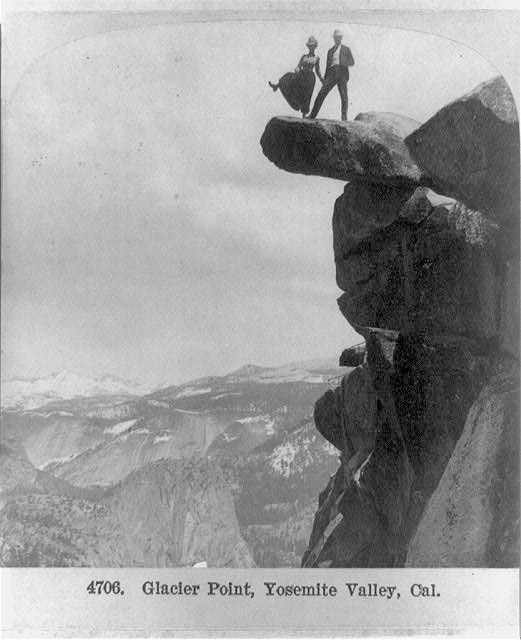In America, national parks are more than scenic − they’re sacred. But they were created at a cost to Native Americans
Abraham Lincoln has an almost saintly place in US history: the ‘Great Emancipator’ whose leadership during the Civil War preserved the Union and abolished slavery.
Often overlooked among his achievements is legislation he signed in 1864, during the thick of the war, but only marginally related to the conflict. The Yosemite Valley Grant Act preserved the Yosemite Valley and Mariposa Grove in California as a park “held for public use, resort, and recreation … for all time.”
It was the first time the federal government had set aside land for its scenic value, and it created a model for US national parks, which are themselves hallowed sites in American culture. Originally granted to the state of California, Yosemite formally became the third US national park in 1890, joining a system of picturesque lands that hold spiritual and patriotic significance for millions of Americans.
At the same time, however, the establishment of national parks had severe consequences for Native American peoples across the continent. Research on the religious history of US national parks illustrates how religious justifications for establishing parks contributed to the persecution of Indigenous tribes, a reality that the National Park Service has begun to redress in recent decades.
US civil religion
With more than 300 million annual visitors, the US National Park System is a much-valued treasure. It encompasses stupendous scenery, opportunities for encounters with wildlife, outdoor recreation and commemoration of important places and events.
But the parks’ significance goes beyond this. The national parks, historic sites, battlefields and other sites of the National Park Service are sacred places in US civil religion: the symbols, practices and traditions that make the idea of a nation into something sacred, seemingly blessed by a higher power.

First brought attention by sociologist Robert Bellah, civil religion flourishes alongside conventional religious traditions, like Christianity or Buddhism, with its own sacred figures, sites and rituals. In the US, these include George Washington and Martin Luther King Jr, the US flag…
Click Here to Read the Full Original Article at Atlas & Boots…
